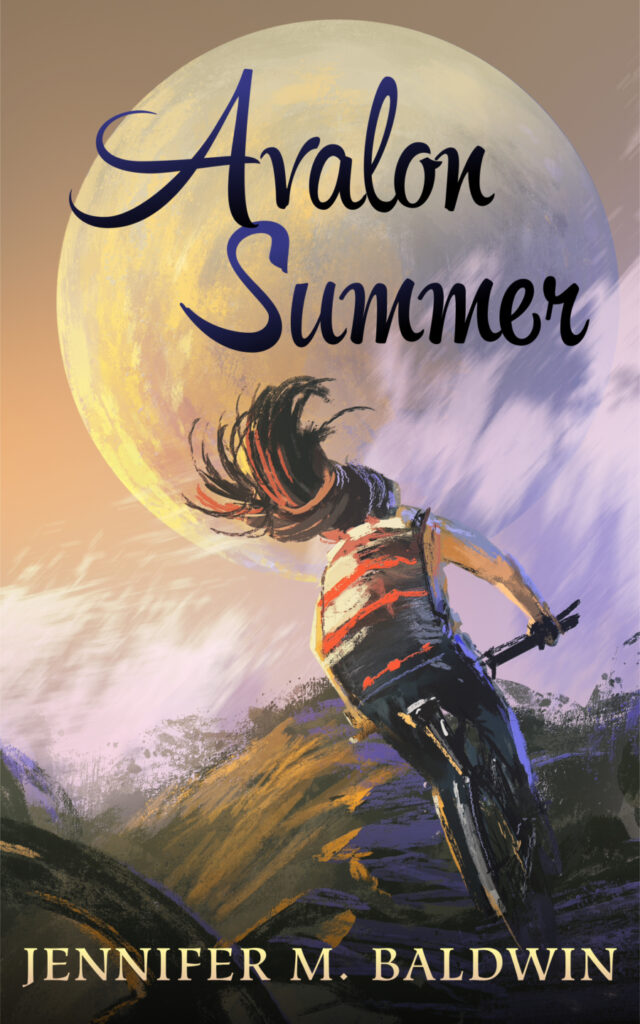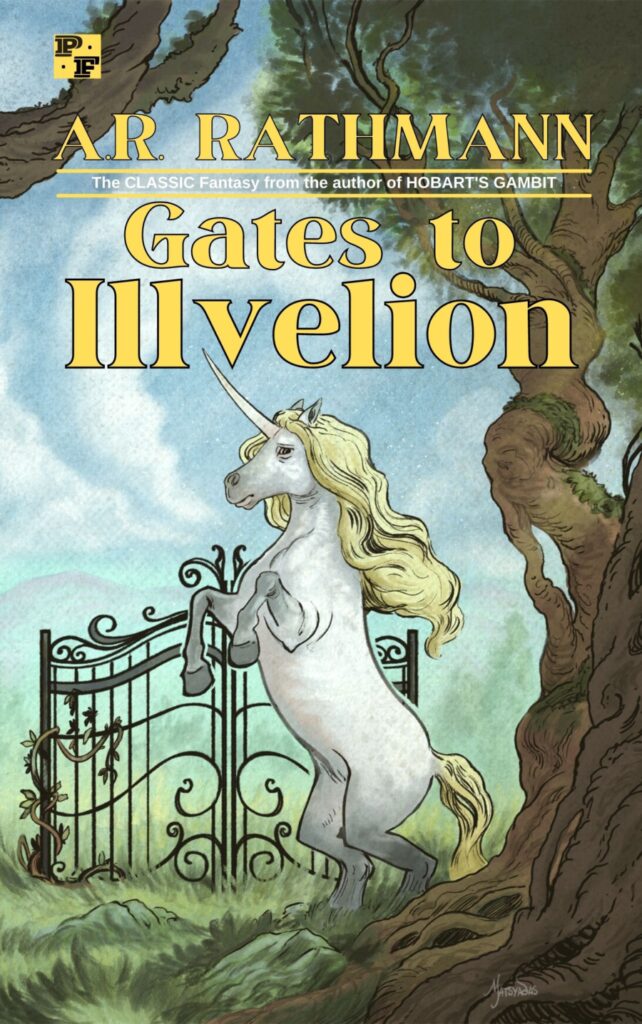I went back to teaching last month. Not an easy decision, but a necessary one.
Perhaps.
I made the decision out of fear, and I’m not ashamed by it. Money is necessary to live in our world, I have children, and the uncertainty of freelance work was giving me crippling anxiety. When I switched to being a freelancer last year, I thought I could handle the ups and downs, the lean months and the flush months.
Reader, I could not.
I was anxious almost from the word go, but then I got a few clients and things seemed good. Then I got no clients, and things seemed bad. Then a client again, but not much money. Then no clients. I watched as my savings drained from my account like a torrent of thunderstorm rain.
I was very, very bad at this uncertainty stuff, at this hustling business. I am not a hustler, it turns out. I’m a writer, but I’m not necessarily an entrepreneur. Being a freelance editor was not a good fit for me. Frankly, being a freelance anything seems to be a bad fit. I like the security of a paycheck, a regular, twice-a-month, I-know-what-I’m-getting paycheck, and if that makes me a soft, squishy coward, then so be it. I like knowing I can pay my bills and buy groceries and save up for my children’s future.
There’s a big push in our culture to equate making money with worth. The goal is to make a living from my writing, right? That’s how you know you’ve achieved success, right? That’s the dream everyone is always talking about. Do what you love for a living and you’ll never work a day in your life, or some such bullshit.
But doing what you love for a living, in my experience, at least if that thing is creative work, is a double-edged sword. It means putting a burden on your art: it must feed you; it must support your kids. That’s a heavy burden, and I found myself questioning my earlier desires. Maybe if I was suddenly making five or six figures with my writing, I’d be singing a different tune. I may yet sing a different tune, I don’t know.
But I do know that even the thought of relying on my writing for my family’s survival is an unpleasant thought. I once considered it a glorious thought, but then I saw what the uncertainty of being my own boss wrought, and I noped right out of that situation. It’s too much pressure. It takes the fun of writing and makes it into a J-O-B, and I don’t want my writing to be a J-O-B. I want to be disciplined and write everyday and treat it seriously, but I don’t want it to be a job. A job is what you do for money so you can survive.
I survive in order to write; I don’t want to write in order to survive.
Having a day job that isn’t my writing (or editing) means I can stop worrying about paying the mortgage and let my art be my art. I can write with total freedom, no pressure. I can simply enjoy myself, because writing is supposed to be fun, and it IS fun when I’m doing it for pure joy and not for money.
I want people to read my stuff, of course. For any artist, there is that element of wanting to connect and communicate, which is why we make stuff in the first place and don’t just leave it all in our heads, so I don’t mind selling my books. In this world, people rarely value things if they get them for free. But if I sell them or don’t sell them, it won’t matter. The fun part is the writing.
And in my work as a teacher, I get to do two things I love doing: reading and writing. (And a third thing, which is working with young people, who are very funny and energetic and much more fun to work with than adults.) I get to read books in order to teach them to students, and also in order to learn and improve my teaching. And I write in front of my students and alongside them in order to model the process and techniques of good writing. Do I wish I didn’t have to devote so much time to my day job? Yes. A thousand times yes. But it’s a necessary evil. It gives me the security I need in order to be wild and free in my art. It relieves the burden.
The key to any day job for the artist, I think, is to find one that doesn’t drain you and leaves enough time and energy for you to make your art. For the last several years, prior to my attempts at freelance editing, I thought teaching was too draining. I never had time for my art. I thought if I switched to being my own boss, I could give myself more time for writing. And it was true, I DID have more time for writing. I just didn’t have much money. And not having money made it hard to use that time for writing. Crippling anxiety ensued, and do you know what crippling anxiety does to your energy? Drains you. Dries you up.
I’m not sure if I’ve solved the puzzle of how to be a teacher and not let it drain me, but I’m trying. I’ve set ground rules for myself to keep teaching in its proper balance both time-wise and emotionally. I’ve become even more disciplined in my art, making sure I get up early every morning and write. I’ve stopped setting too-ambitious goals for my art, focusing instead on daily habits. I think what caused my burnout earlier as a teacher is that I saw teaching as opposition to my writing. If only I wasn’t teaching, why then I could write five novels a year!
Maybe I could. In fact, based on some of my output this past summer, I could do it. In the month of July I wrote about 50,000 words. I could probably maintain that pace (or greater) if all I had to do all day was write. But even if I did write five novels a year, how do I feed my children in the five years it would take to write twenty-five novels? Where does the money come from while I’m trying to reach my twenty books to 50K?
It comes from a day job, that’s where. And I’m not ashamed to say it. I used to be ashamed. After all, isn’t the goal to be one’s own boss? Isn’t the goal to make a “living” with your art?
But what if that isn’t the goal? What if the goal is something else, something that doesn’t require putting a burden on my art? Maybe the goal is to make the art. Full stop. Make the art. Let the day job pay the bills. Let the imagination and the heart and the joy make the art.
There’s no shame in having a day job. Too often, we tell artists that they haven’t achieved success unless they are making a living from their art, but that’s Capitalism talking, not the truth. The truth is, making art IS the success. It’s the creative act that counts, not the bank account.
And one further note: Since returning to teaching and getting a regular paycheck, I now have some disposable income I can put towards supporting the artists I couldn’t support before when I was barely scraping by and watching every penny fly out the window like a frightened bird. Now I can buy digital and vinyl albums of my favorite bands on Bandcamp. Now I can support more writers on Substack. Now I can buy more books from indie authors. There’s something to be said for having a little cash in one’s pocket just for fun. Now I can give back and make life a little easier for my fellow artists. That’s worth a lot. It’s worth going back to the old 9-to-5 (or in my case, 8-to-3).
 I thought that by making my American Literature syllabus into a zine, I would be saving something. Saving my desire to teach. Saving my subversive stance against traditional education. Saving my students from their mistaken ideas about learning and literature.
I thought that by making my American Literature syllabus into a zine, I would be saving something. Saving my desire to teach. Saving my subversive stance against traditional education. Saving my students from their mistaken ideas about learning and literature.

